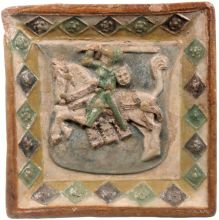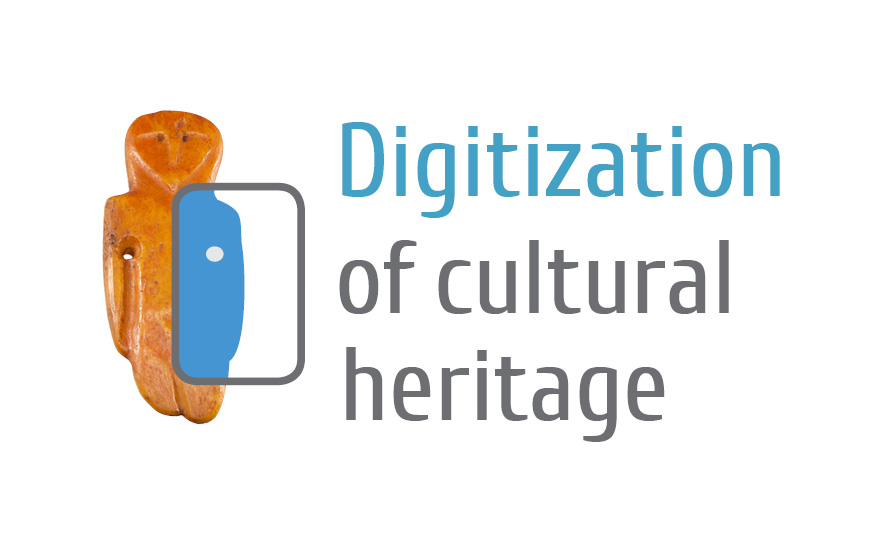-
-
Palace of the Grand Dukes of Lithuania: Features of Historical Interiors and Their Environment
Archaeological research indicates that the first residents in the territory of Vilnius Lower Castle settled here during the first millennium A.D. Undoubtedly, there was a settlement here during the 5th–8th centuries. During the late 13th century, in the location of the later palace, an early brick castle was built, which was the first and the only one of its kind in former ethnic Lithuania. The defensive walls, towers, and remains of some of the buildings can still be seen today in the entrance hall under the courtyard and in the cellars of the palace. This palace residence is witness to the establishment of the Lithuanian State and the Gediminid dynasty. During the 14th and 15th centuries, the Grand Dukes, residing in the capital of Lithuania, stayed both at the Lower and the Upper castles. The castles gradually acquired brick walls and Gothic features.
It is known that the Grand Duke of Lithuania, Vytautas the Great, resided in the Lower Castle. He planned to have his coronation as the King of Lithuania in Vilnius. The Vilnius castles were supposed to highlight the grandeur of the medieval Lithuanian state, stretching from the Baltic to the Black Seas, as well as the exceptional status of its ruler. The castles of Vilnius were also often the home of the successors of Vytautas – the Grand Dukes of Lithuania and Kings of Poland, Casimir Jagiellon and his son Alexander, who notably expanded the residence.
In the early 16th century, the Renaissance reconstruction of the palace was begun by the Grand Duke of Lithuania and King of Poland, Sigismund the Old. The development of the residence was undoubtedly influenced by his wife, the Italian duchess Bona Sforza. She sought to turn the palace of Vilnius into a modern representational residence of the Gediminid Jagiellonian dynasty. Thanks to Bona Sforza, the palace was decorated by Italian craftsmen, and Italian artists played an important part in its cultural life as well.
Sigismund Augustus, the son of Sigismund the Old and Bona Sforza, who factually ruled Lithuania from 1544, began new palace development initiatives. He built what came to be called the “New Palace” and formed the closed inner courtyard. In the early 17th century, the rulers of Lithuania and Poland from the Swedish Vasa dynasty paid great attention to the Vilnius residence. Sigismund and Ladislaus Vasa remodelled the palace in the style of Northern European Mannerism and later – early Italian Baroque.
The 16th and the early 17th centuries were a period of prosperity for the palace. Famous craftsmen from Italy and other countries helped build and decorate the palace. Legations from the Apostolic See, the Holy Roman Empire, Moscow, Hungary, Turkey, Persia, France, Spain, Venice and many other countries were received here. This was a place for the dynastic politics of the last of the Jagiellonians and the Vasas. The Council of Lords and the Parliament of the Grand Duchy of Lithuania met here. The Statutes of Lithuania (the code of laws of the Grand Duchy of Lithuania) were compiled and edited here. The Lithuanian Metrica (chancellery records of the Grand Duchy of Lithuania) was kept here, as well as the treasuries of Lithuania’s rulers and of the Grand Duchy.
Sigismund Augustus himself had accumulated a large library, impressive collections of tapestries, weapons, armour, pictures and hunting trophies. The treasury of the palace and its valuables greatly impressed even the envoy of the Pope Pius IV Bernardino Buongiovanni. The palace was the setting for the romantic and tragic love story of Sigismund Augustus and his second wife Barbara Radziwiłł. The gorgeous residence, which was surrounded by a picturesque park, became a centre for the dissemination of Baroque culture and art not only in the Grand Duchy of Lithuania, but also throughout Eastern and Northern Europe. Here, earlier than in London or Paris, the first operas were staged.
The prosperity of the palace of Vilnius ended in 1655, when the capital of Lithuania was captured by the Muscovite and Cossack armies. The siege, plundering, and destruction of the Vilnius castles lasted for six years. Later, due to the deplorable condition of the state treasury, it was impossible to reconstruct the destroyed palace. After the last partition of the Polish–Lithuanian Commonwealth in 1795, when Lithuania became a part of the Russian Empire, the Russian administration deliberately destroyed the symbols of Lithuanian statehood and made sure that the remains of the palace were demolished.
The palace began to flourish 400 years ago, but, alas, was destroyed 200 years ago. Today, it has been rebuilt, and once again we hope that it will become a symbol of Lithuania’s long lived statehood, of its glorious history as one of the most influential European states in early modern Europe.
-
Virtual Exhibitions






